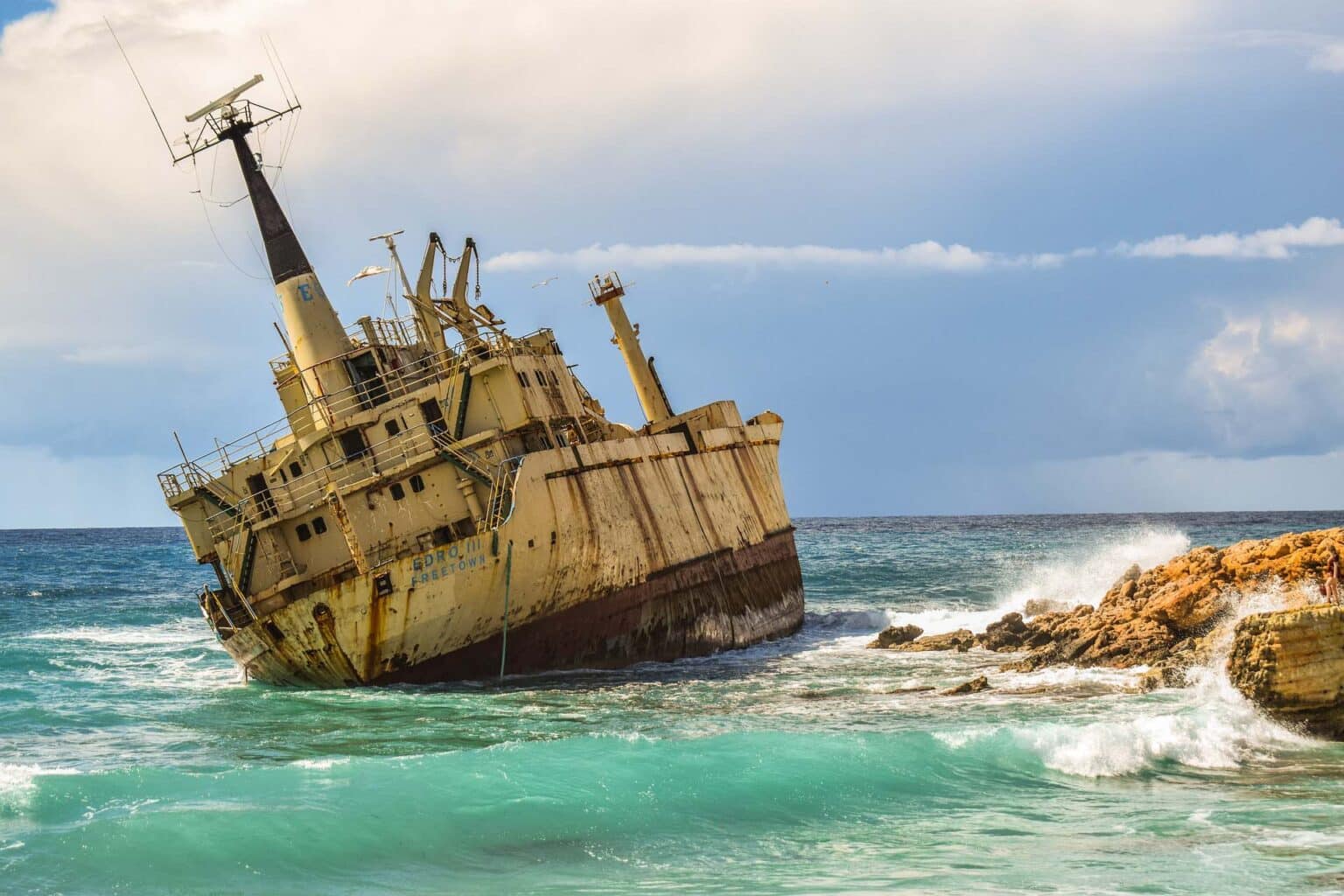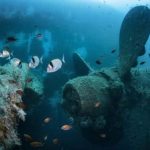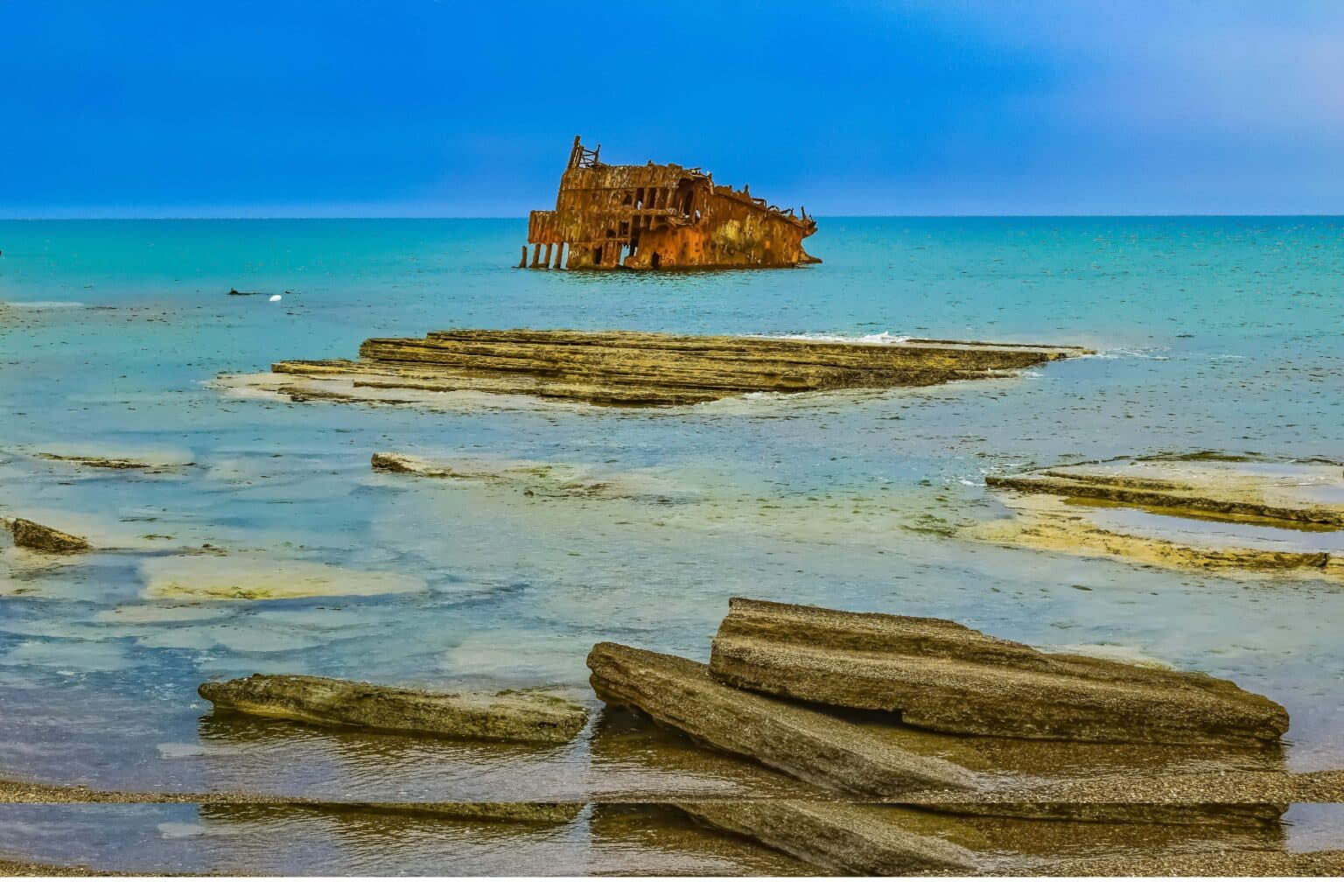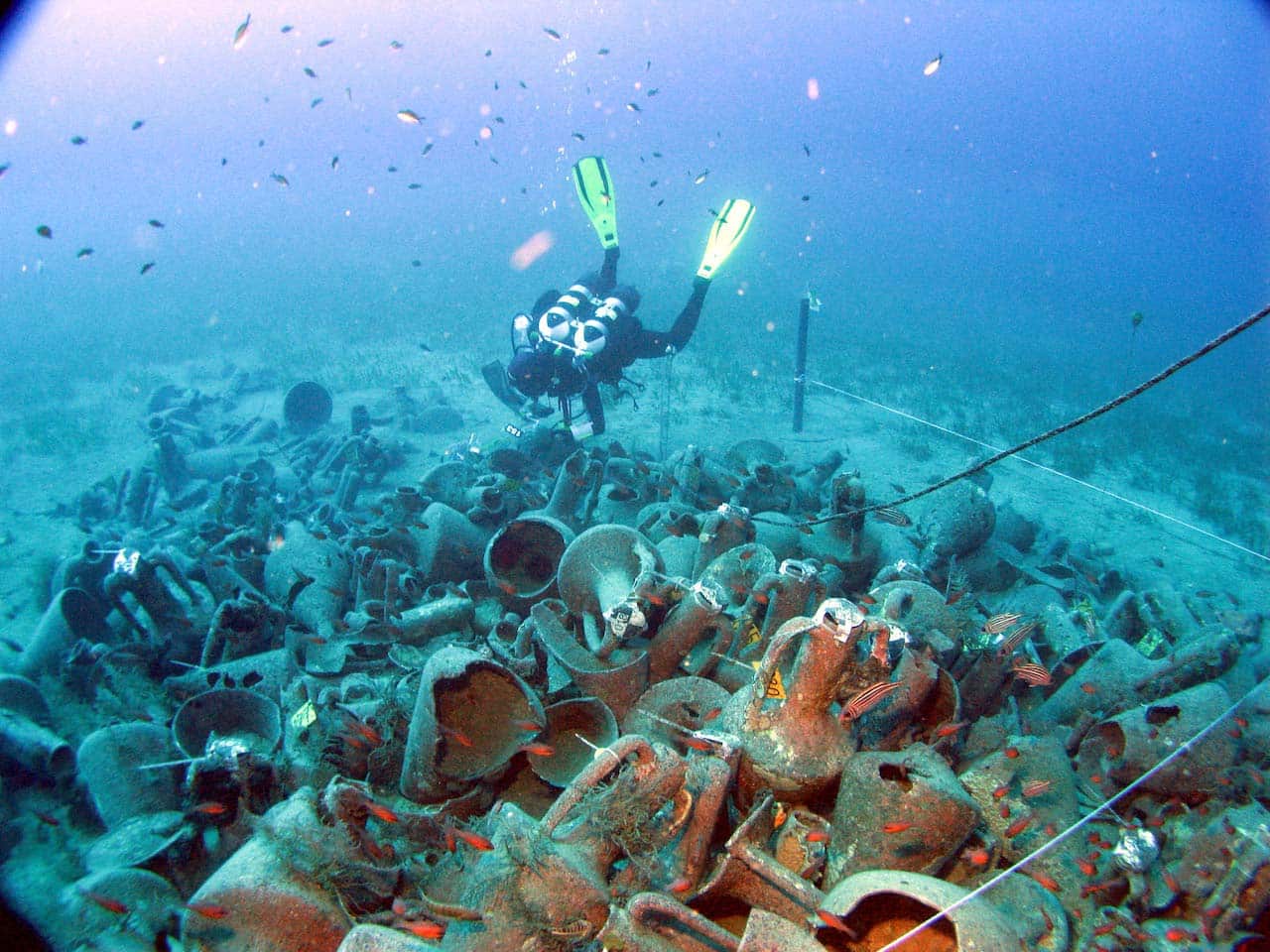Cyprus’ underwater cultural heritage

Shipwrecks have long captured the human imagination. They are also a draw for tourists, both above and under the water finds PAUL LAMBIS
People have always been fascinated by shipwrecks. The mystery and grandeur of a well-built ship being overpowered by nature has also intrigued the likes of Homer and Virgil in their epic poems, Shakespeare in his plays, and modern film directors who have recognised the perennial appeal of such films and audiences’ fascination with fictional tales and true stories about people whose lives are thrown into disarray by the sea’s violent whims.
Over a century after it sank, the Titanic continues to fascinate, rusting and decaying yet emitting a call that attracts historians, explorers and ordinary people to examine its disastrous past. Even after the Titan submarine vanished this year and news of its demise emerged a few days later, the internet was dominated by it, evoking some of humanity’s deepest anxieties about loss of control and hopelessness.
The world’s oceans, according to the United Nations, are like a gigantic museum with an estimated three million shipwrecks spread across the world’s seabed. According to Unesco, they are seen as “underwater cultural heritage,” serving as time capsules and providing a snapshot of life on board at the time of sinking.
Cyprus’ coastline is home to some of the most widely recognised shipwrecks. The island has a reputation for its 13 wrecks, some of which are suitable for diving in addition to the surrounding underwater attractions such as caves, antique artefacts and unusual marine life. But which are the most popular?
The Edro III shipwreck is one of the most recent and widely recognised shipwrecks in Cyprus. Located 200 metres off the sea caves of Paphos, the Edro III is one of the few wrecks in Cyprus that can be seen up close. The ship ended up in its current position in 2011 when strong winds drove it to crash into rocks near Peyia. The ship was on its way to Rhodes with a total of nine crew on board, all of whom were saved after a distress signal was sent to the British army posted in Limassol.
Fuel and other objects that would have polluted the area and harmed the ecology were removed immediately, leaving an empty but appealing shell for visitors and locals who visit the wreckage throughout the year.
The Nemesis III wreck was submerged in the Protaras Marine Protected Area in 2013 to create an artificial reef. The old fishing vessel, built in France in 1956, has become a popular diving destination, with divers able to swim inside its hull and bridge, as well as the modest cabin with its railed balcony and the engines and passageway, which are vibrant with aquatic life.
 The Zenobia shipwreck, which sank in 1980, is frequently listed as one of the top ten wrecks in the world for diving. This popular wreckage, located around 1,500 metres off the Larnaca coast, is submerged in 42 metres of water and stretches 172 metres across. According to numerous diving organisations, Zenobia is one of the top wreck diving sites in the Mediterranean and one of the best diving spots in the world, often referred to as the Titanic of the Mediterranean.
The Zenobia shipwreck, which sank in 1980, is frequently listed as one of the top ten wrecks in the world for diving. This popular wreckage, located around 1,500 metres off the Larnaca coast, is submerged in 42 metres of water and stretches 172 metres across. According to numerous diving organisations, Zenobia is one of the top wreck diving sites in the Mediterranean and one of the best diving spots in the world, often referred to as the Titanic of the Mediterranean.

Another renowned diving location is the Three Star shipwreck, which is located near the Akrotiri region, close to the Limassol Salt Lake. The ship sank in 1972 after catching fire and is now partially submerged in seven metres of water. It is easily accessible and appropriate for all levels of wreck divers.
Finally, the Mazotos Shipwreck is the remains of a late classical-era trading vessel. It was discovered 45 metres below sea level in the Mazotos marine region of Larnaca. It is the first shipwreck of that time period, with Chian amphorae at a depth suitable for research. This wreck has important scientific importance since it may throw light on issues concerning late classical sea routes and trade relations between the inhabitants of the Aegean and the southern Mediterranean.

Although Cyprus shipwrecks do not compare to the magnitude of the RMS Titanic, HMHS Britannic, the Spanish Armada, or the MS Estonia, they have become a major tourist attraction with visitors, locals and adventure seekers visiting them for their allure both above the water, as well as the marine life that has colonised the ships below the surface, creating an underwater museum of diverse plants and animals.
Source: Cyprus Mail

 Ακολουθήστε το
Ακολουθήστε το